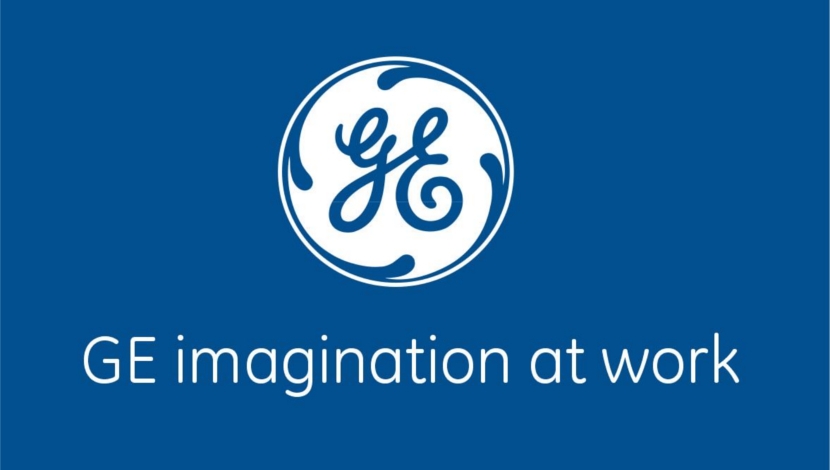
While the gap between global infrastructure investment needs and available public sector funds could reach $500-billion a year between now and 2030, institutional investors will likely increase their allocations to assist in filling the margin left by governments and banks, new analysis by Standard & Poor’s (S&P’s) Ratings Services has revealed.
According to a study by the financial services firm entitled ‘Global Infrastructure: How To Fill A $500-Billion Hole’, the funding needs for infrastructure around the world would be over $3-trillion a year over the next 16 years.
However, capital investment by governments in the US and Europe had dropped from about 3% to 2% of gross domestic product since 2009, leaving a gaping hole in funds that were required to pay for economically vital transport, power and water projects.
S&P maintained that this left an opportunity for investment institutions such as insurance companies and pension funds to “fill the breach”.
The report estimated that investors’ allocations to infrastructure worldwide could rise to an average of about 4% of assets under management over the next five years – more than double its current level.
“This could potentially provide about $200-billion a year in additional funding for the sector. Alongside a continuation in bank lending at today’s levels of about $300-billion a year, these new inflows from the private sector could fill the void left by government budget reductions,” stated the study.
It further noted that some institutional investors, principally pension funds, had already raised their target allocations to the infrastructure sector to between 3% and 8% of their assets under management.
“We expect other institutions to also increase their commitments, attracted by the match these assets can offer against their long-term liabilities and the higher yields available on infrastructure debt,” said S&P.
The creditworthiness of infrastructure debt, as measured by S&P’s default and recovery rates, was also relatively strong, with the firm expecting this to continue.
The average yearly default rate for all project finance debt rated by S&P was 1.5% – slightly below the 1.8% default rate for corporate debt issuers in the same period.
Lead author of the study and S&P project finance ratings MD Michael Wilkins added that the need for infrastructure investment worldwide was “massive”.
“The attractions of the asset class are clear and the appetite of investors for infrastructure assets is growing. All that is needed for more institutions to get involved are the right conditions and incentives,” he maintained.
Wilkins believed measures that would encourage fund managers to invest in infrastructure debt included a clearer pipeline of projects, more standardisation of deal structures, policy stability and better information about the performance of projects at their various stages.
“Prudential regulation needs to be carefully calibrated too in order to avoid raising unintended barriers to infrastructure investment,” he noted.
In Europe, for example, risk capital charges proposed for insurance companies under Solvency 2, scheduled to take effect in 2016, may discourage insurers from providing infrastructure financing, as it could penalise them for holding long-dated, low- to mid-investment grade project debt.
By: Natalie Greve
Photo: Duane Daws
Click here to read the original article





